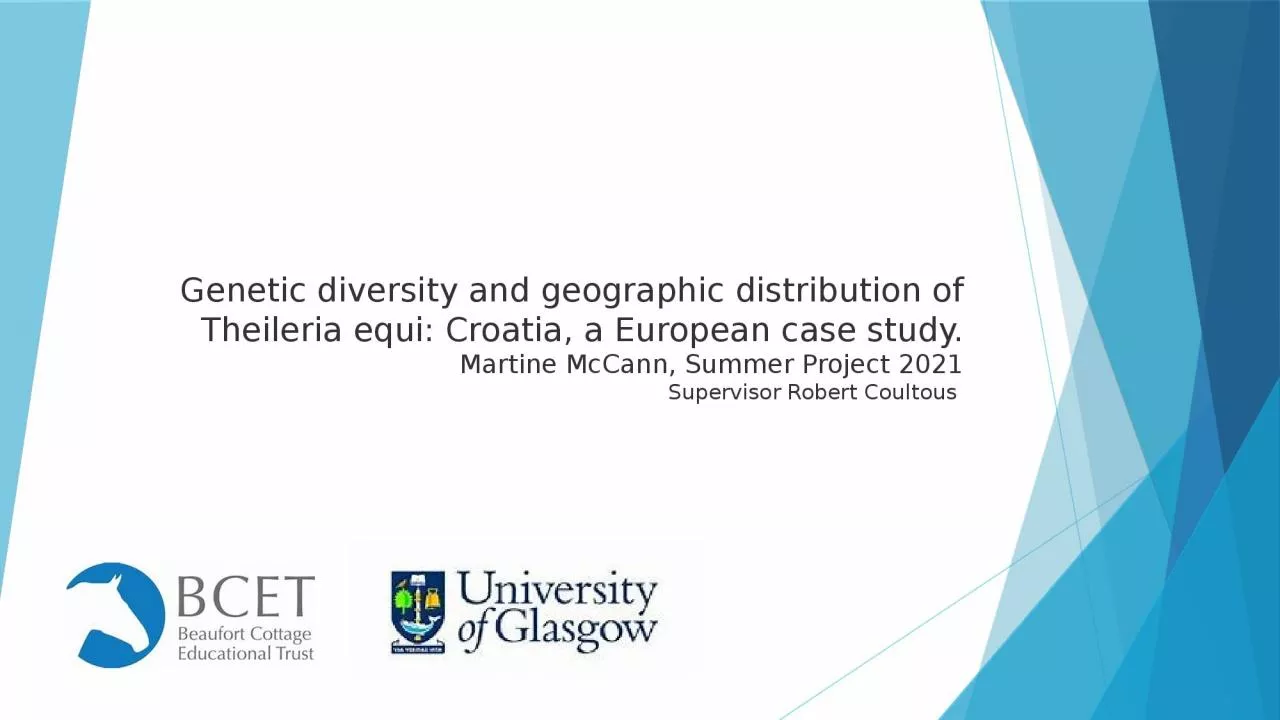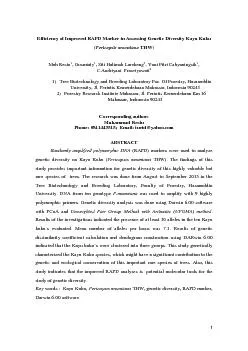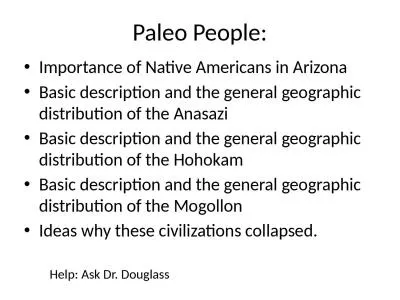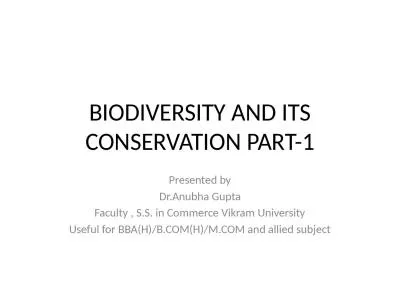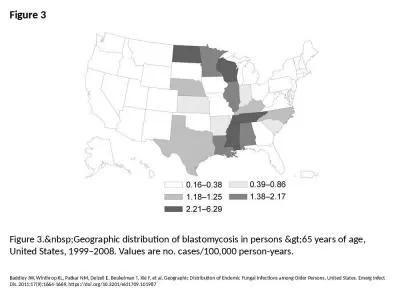PPT-Genetic diversity and geographic distribution of
Author : linda | Published Date : 2024-02-02
Theileria equi Croatia a European case study Martine McCann Summer Project 2021 Supervisor Robert Coultous Introduction Equine piroplasmosis EP is a disease
Presentation Embed Code
Download Presentation
Download Presentation The PPT/PDF document "Genetic diversity and geographic distrib..." is the property of its rightful owner. Permission is granted to download and print the materials on this website for personal, non-commercial use only, and to display it on your personal computer provided you do not modify the materials and that you retain all copyright notices contained in the materials. By downloading content from our website, you accept the terms of this agreement.
Genetic diversity and geographic distribution of: Transcript
Download Rules Of Document
"Genetic diversity and geographic distribution of"The content belongs to its owner. You may download and print it for personal use, without modification, and keep all copyright notices. By downloading, you agree to these terms.
Related Documents

